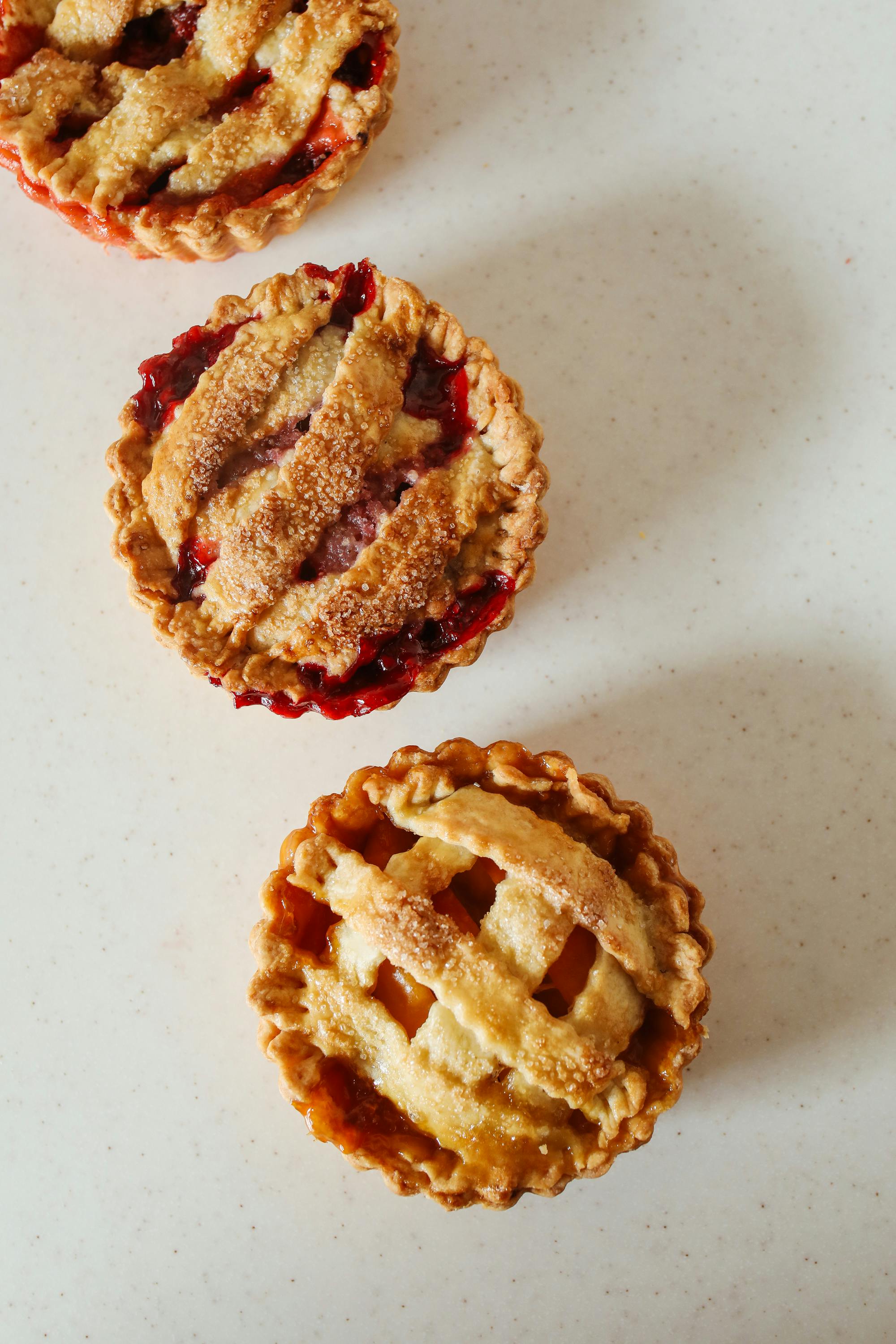
Effective Strategies to Design Your Insulin Resistance Diet Plan
In 2025, managing insulin resistance through diet has become essential for improving metabolic health and overall well-being. Understanding how to curate an insulin resistance diet that focuses on nutrient-dense foods can lead to significant health benefits, including better blood sugar control and sustainable weight loss. This article will provide you with effective ways to optimize your insulin resistance meal plan while addressing vital aspects such as food choices, meal timing, and the impact of physical activity.
With a well-structured insulin resistance diet plan, you'll be better equipped to manage insulin levels, prevent diabetes, and promote healthy living. Prepare to explore the importance of whole grains, lean proteins, healthy fats, fiber-rich foods, and the Mediterranean diet, as well as practical cooking tips to enhance your meals.
Key takeaways include understanding the importance of low-carb diets, embracing portion control, the use of sugar alternatives, and incorporating a balance of essential nutrients. Let’s dive into how you can tailor your diet effectively to enhance insulin sensitivity and promote a healthier lifestyle.
Understanding the Components of an Insulin Resistance Meal Plan
When designing an insulin resistance meal plan, it is crucial to prioritize foods that help maintain steady blood sugar levels. Consuming a variety of nutrient-dense options including low glycemic foods, whole grains, legumes, and colored vegetables can significantly improve health outcomes.
Low-Carb Diet Benefits
A low-carb diet has proven effective for many individuals dealing with insulin resistance. By reducing carbohydrate intake, you can help stabilize blood sugar levels and reduce insulin spikes. Focusing on the right types of carbohydrates, such as complex carbohydrates found in whole grains, legumes, and certain vegetables, will support your overall metabolism while providing the necessary energy.
Incorporating healthy fats from sources like nuts, seeds, and avocados can further contribute to a balanced insulin resistance diet. These fats not only provide satiety but also play a role in reducing inflammation, which is often linked to metabolic syndrome.
The Importance of Fiber-Rich Foods
Dietary fiber is essential for regulating blood sugar levels and enhancing gut health. Fiber-rich foods, including fruits, vegetables, whole grains, and legumes, help slow down digestion and reduce the glycemic load of meals. Aim to include various fiber sources in your daily diet to reap the benefits of improved insulin sensitivity and digestion.
Additionally, choosing fiber sources such as chia seeds, oats, and legumes will not only boost your fiber intake but also assist in weight management, proving essential in achieving your health goals.
Healthy Cooking Tips for Insulin Resistance
How you prepare your food can significantly influence the efficacy of your diet. Employing cooking methods like steaming, baking, and grilling rather than frying can reduce unhealthy fat intake, making meals lighter yet flavorful. Using healthy cooking oils, such as olive oil, not only adds a rich taste but also contributes beneficial fats.
Meal prepping and planning can also aid in maintaining portion control and managing meal distribution throughout the week. By dedicating time to prepare meals in advance, you'll make healthier food choices during busy days and minimize the risk of reaching for processed snacks.
Meal Timing and Frequency for Optimal Results
Integrating thoughtful meal timing and frequency can enhance your insulin resistance diet. Consistently spacing meals may help regulate insulin response and prevent energy crashes.
The Role of Meal Frequency
Frequency of meals can be tailored to your preferences and lifestyle. Some find that smaller, more frequent meals work best, while others prefer larger, well-balanced meals. Listening to your body and adjusting meal frequency to suit your hunger levels can support better blood sugar management.
Whatever approach you choose, ensure that your meals are balanced. Include lean proteins, healthy fats, and plenty of vegetables, which will contribute to satiety and nutrient intake.
Meal Timing: The Perfect Balance
Proper meal timing can further promote insulin sensitivity. Eating regular meals throughout the day helps stabilize blood sugar and prevent the hormonal rollercoaster associated with erratic eating patterns. Timing your meals around physical activity can also be advantageous; consuming a protein-rich snack post-workout replenishes energy and supports muscle recovery.
Maintaining hydration throughout the day and being mindful of fluid intake is equally crucial for overall wellness and metabolic efficiency.
Making Mindful Food Choices
Another key aspect of an insulin resistance diet is making mindful food choices, including being aware of your food labels and nutritional content.
Importance of Mindful Eating
Mindful eating encourages awareness dictating food choices and helps individuals avoid emotional eating. By focusing on where your food comes from, its nutritional value, and how it makes you feel, you can improve your relationship with food and achieve better health outcomes.
Practicing portion control and awareness of serving sizes can help you understand what constitutes balanced meals. Keeping track of macros and ensuring you incorporate a variety of foods in your diet boosts nutrient intake, promoting better health overall.
Meal Ideas and Snacks for Insulin Resistance
Here are some excellent ideas for meals and snacks that fit well within an insulin resistance diet:
- Breakfast: Overnight oats topped with nuts and berries.
- Lunch: Quinoa salad with colored vegetables, grilled chicken, and a splash of olive oil.
- Dinner: Baked salmon with a side of sautéed leafy greens and roasted sweet potatoes.
- Snacks: Carrot sticks with hummus or mixed nuts.
Incorporating a variety of meal options will not only cater to taste preferences but will also maximize the intake of essential nutrients.

Incorporating Superfoods into Your Diet
Superfoods can be an incredible addition to your insulin resistance meal plan due to their high nutrient density and health benefits. Foods such as fatty fish, leafy greens, berries, and nuts are excellent for reducing inflammation while promoting insulin sensitivity.
Key Superfoods to Consider
Including omega-3 fatty acids found in fatty fish like salmon promotes heart health while combating insulin resistance. Antioxidant-rich foods such as blueberries, spinach, and kale can protect your body from oxidative stress, enhancing your overall well-being.
Incorporate these superfoods into daily meals to maximize health benefits and improve your metabolic profile.
Creating a Sustainable Lifestyle Change
Finally, establishing and maintaining a sustainable diet plan involves making overall lifestyle changes beyond just food choices.
Physical Activity and Insulin Sensitivity
Regular physical activity plays a crucial role in managing insulin levels. Engaging in both cardiovascular exercises and strength training strengthens your muscles, helping them utilize glucose effectively and reducing insulin levels.
Establishing a routine that includes at least 150 minutes of moderate aerobic activity each week, along with resistance training, can significantly improve your insulin sensitivity and overall health.
Community Support and Ongoing Education
Success in maintaining an insulin resistance diet can also hinge on accessing community support and continuing education. Engaging with supportive diet communities, utilizing health apps for tracking meals and progress, and consulting with healthcare providers about personalized plans can reinforce commitment and foster positive changes.
Remember, making changes gradually and finding what works for you is key to long-term success in managing insulin resistance.

Q&A: Addressing Common Concerns About Insulin Resistance Diets
What foods should I avoid if I have insulin resistance?
Avoid processed foods high in sugar, refined grains, and unhealthy fats. Focus on whole, nutrient-dense options instead.
How can I ensure my insulin resistance diet is effective?
Monitor your blood sugar regularly and maintain a consistent meal pattern that prioritizes balanced meals with healthy fats, proteins, and complex carbohydrates.
Is it necessary to consult a nutritionist for meal planning?
While it’s not necessary, consulting a nutritionist can provide tailored advice and help create a sustainable diet plan that fits your individual needs.
How does physical activity influence insulin resistance?
Regular exercise enhances insulin sensitivity, helping your muscles utilize glucose effectively and lowering insulin levels in the body.
Can I have occasional treats while following an insulin resistance diet?
Yes, moderation is key! Opt for healthier versions of treats and be mindful of portion sizes.